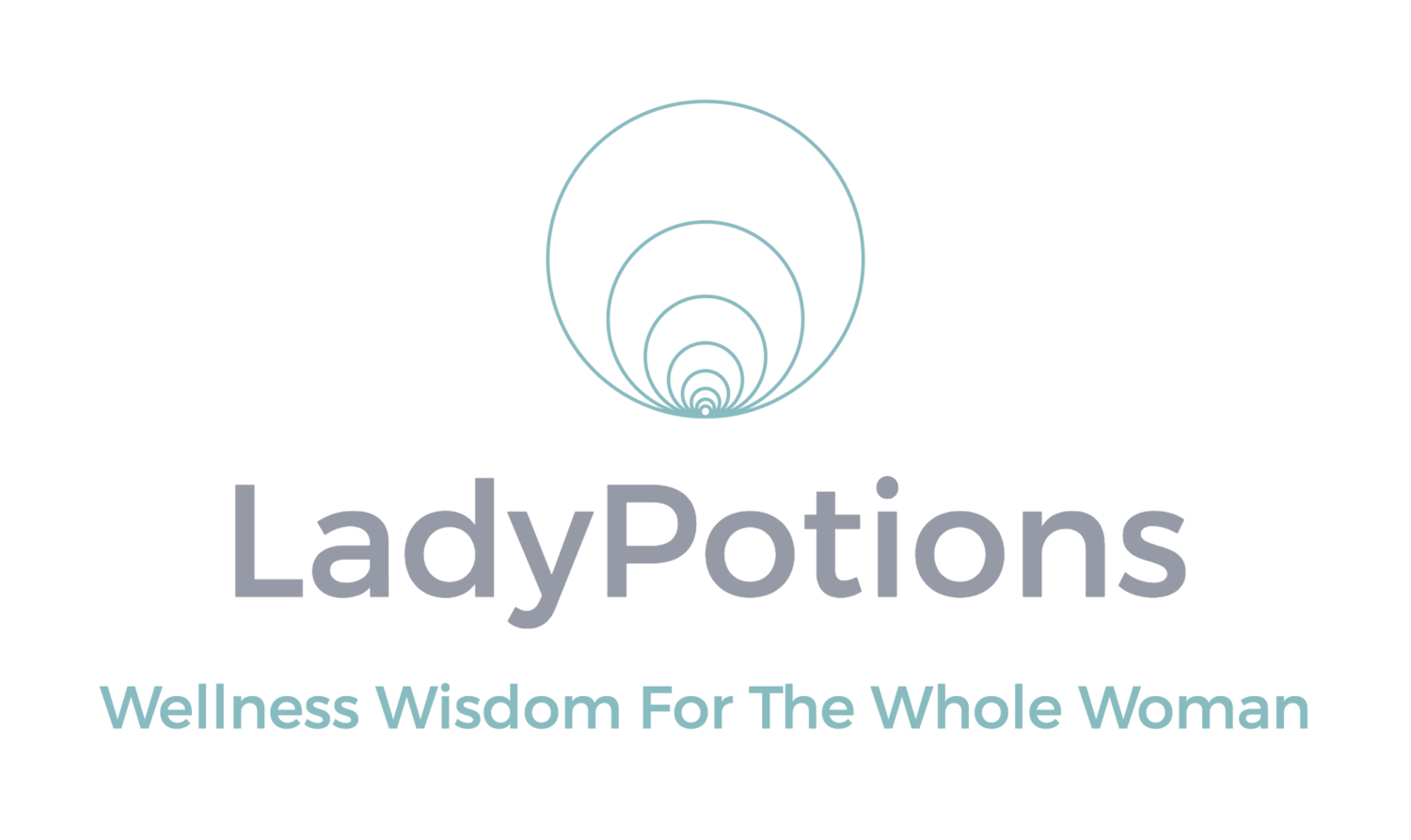Description: Today’s refurbished episode features Zev Williams, M.D., Ph.D. He is the Chief of the Division of Reproductive Endocrinology and Infertility and an Associate Professor of Obstetrics and Gynecology at Columbia University Medical Center and is a nationally-recognized clinician and researcher in the area of recurrent pregnancy loss and infertility. Not only is he one of the most brilliant minds I’ve had the pleasure of interviewing, he is incredibly humble, gracious, and passionate about his work. His intentions to help couples overcome recurrent pregnancy loss by building healthy happy families came through so clearly during this chat.
We touched on why miscarriage rates are so high and why the public has false perceptions about it being a rare event. He spoke about how his research has even uncovered a way to find out if the cause of a miscarriage was chromosomal even years after the fact in some cases. He explained the differences in PGD and PGS testing when using IVF and when and for whom it might be highly beneficial. We also spoke about MTHFR gene mutation, and what it really means in regards to treatment strategy and further testing. We even touched on his work with stem cells and the potential they have for one day helping women who experience premature ovarian failure to overcome this devastating diagnosis. He explained new ways to treat endometriosis and preserve fertility and new ways to diagnose PCOS.
Takeaway:
[1:15] Dr. Williams completed his M.D. and Ph.D. training in Molecular Biology and Biochemistry at the Mount Sinai School of Medicine before continuing to the Brigham and Women’s Hospital/Massachusetts General Hospital for his residency in Obstetrics and Gynecology. After completing his fellowship in Reproductive Endocrinology and Infertility at Weill Cornell, Dr. Williams then did a post-doctoral fellowship in RNA biology in the laboratory of Dr. Thomas Tuschl at Rockefeller University.
[1:45] Dr. Williams has also achieved success in federally-funded research projects in several different areas of study, having received numerous NIH grants to support his work. Currently, as part of an NIH R01 grant, Dr. Williams is engaged with a research project intended to use placental RNA as a screening tool for diseases and complications of pregnancy, to enable early intervention, and to provide insights into disease pathogenesis for things like pre-eclampsia.
[4:35] Dr. Williams works with couples and doctors all over the world, and the research that he and his colleagues find benefits those all over looking for answers on fertility.
[5:16] The PEARL Program that Dr. Williams started stands for Program for Early and Recurrent Pregnancy Loss. It is one of the only centers in the world that is both clinically focused, and a basic/translational research program dedicated trying to understand what causes unexplained miscarriages and trying to find ways methods to prevent them in the future.
[12:22] One of the realities of human reproduction is that is a very inefficient process. Of the eggs that get fertilized, very few result in a live birth.
[19:22] Dr. Williams explains the difference between PGD and PGS testing when using IVF, and who may benefit from these tests.
[26:54] We cover the MTHFR gene mutation, and what it really means in regards to treatment, strategy, and further testing.
[32:45] Dr. Williams explains the work on helping the brain to produce its own FSH (follicle stimulating hormones) which is the bodies own version of that hormone compared to traditional injections.
[41:23] Dr. Williams shares the new ways to treat endometriosis and preserve fertility and new ways to diagnose PCOS.
[45:27] Diet is, of course, important to overall health, but also very important to pregnancy success. There are some factors that lead to Dr. Williams’ recommending a diet low in carbs and sugar.
[46:12] Egg freezing has become successful, but the challenge is that women are freezing their eggs in their 40’s when the eggs have already lowered in quality.
[49:58] Once you are trying to conceive (and of course through all of the process), make sure to support each other. It’s a tough journey and you want to be going through it together.
If you have experienced a miscarriage and are afraid of the anxiety that it may bring up with your next pregnancy I suggest you invest in a Fetal Doppler so you can check your baby’s heart rate from the comfort of your own home anytime.
References:
American Board of Oriental Reproductive Medicine
Columbia University Department of Obstetrics and Gynecology
FMR1 targets distinct mRNA sequence elements to regulate protein expression
Huffingtonpost.com/science-of-us/miscarriage_b_8000760.html?ncid=txtlnkusaolp00000592
Wsj.com/articles/solving-the-mystery-of-miscarriages-1434389396
Columbiaobgyn.org/profile/s-zev-williams-md
Ncbi.nlm.nih.gov/pubmed/26000502
Nyp.org/enewsletters/advances/2018/gynecology/2018-Advances-Gynecology-Issue1.html
Continue Your Journey:
@ladypotions4u on Twitter
@ladypotions4u on Instagram
Disclaimer *
You must not rely on the information in this podcast as an alternative to medical advice from your doctor or other professional healthcare provider. If you have any specific questions about any medical matter you should consult your doctor or other professional healthcare provider. If you think you may be suffering from any medical condition you should seek immediate medical attention. You should never delay seeking medical advice, disregard medical advice, or discontinue medical treatment because of information on this website or in this podcast.
Any affiliate links on this website are used to the support the podcast production and we only choose products that we trust and use.
